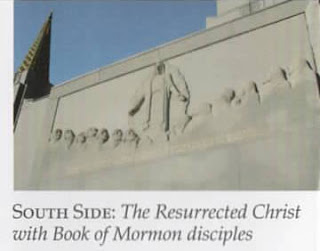This book presents a fascinating picture of women. I did not know women volunteered to be sold as slaves in Jamestown. Several boatloads of women arrived and were sold as brides. These women suffered the same hardships as the men, and many died from the elements, disease and starvation. However, if a true settlement was to be made, women and wives were a necessary part. These women were remarkable in the hardships they faced. Some would survive, and families were raised. These women were also hard working. The economy eventually thrived with raising tobacco. More laborer were needed, who came in the form of African slaves and indentured servants.
In Massachusetts Pilgrim women arrived with their husbands. They were escaping religious oppression. This society was focused on the Bible, and religion ruled. The women were known as "Goodwife." They made almost everything they needed. They ground corn, barley and wheat. They butchered pigs. The made soap and candles from fat. They dried fruit. Mothers taught their skills to daughters. Some learned midwifery. A woman was the legal property of her husband. The woman who did they work and obeyed her husband was respected in this society. There were times when men and women who did not conform were kicked out of the community. This was often for being outspoken. Mary Dyer was banished from Boston, but kept coming back. On the fourth occasion she was executed.
Salem is of particular note in the history of women, in the trying and execution of several as witches. This was all based on false testimony of a few girls. 20 people and two dogs were executed.
Some women thrived outside the traditional roles of women. Some opened boarding houses, stores or schools. Eliza Lucas took over her fathers plantation after her mother died and her father returned to military as a British army officer. She studied indigo, a new crop. This was popular as a dye for clothing. It became a source of great wealth to many farmers in the area.







































